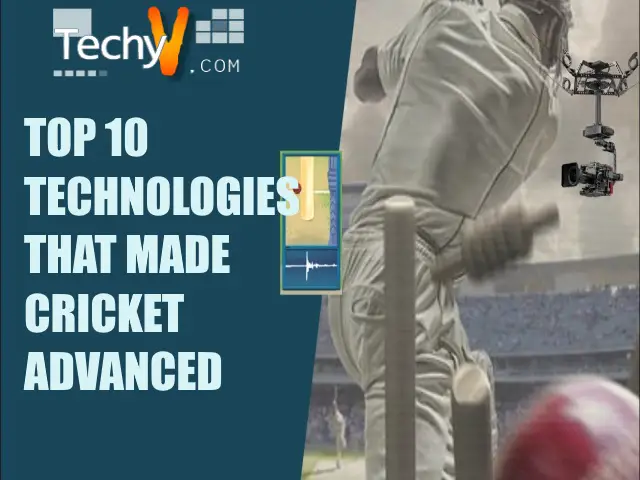Almost anyone likes cricket, for both watching and playing. With the support of a few advancements in technology, some impactful events had taken place in this cricket arena. So, let us know about the top 10 technologies that made cricket advance today.
1. LED BAILS:

LED bails are the latest technology in the field of cricket, firstly present in the Australian Big Bash League. Bronte Eukermann from South Australia created the LED zing bails. The LED bails have sensors that are connectible with a microprocessor, whereas the stumps are from composite plastics. The cost of the set is around 25 lakhs. While balls collide with stumps, the bails start lighting, making it easier for umpires to decide run-out.
2. HAWK-EYE:
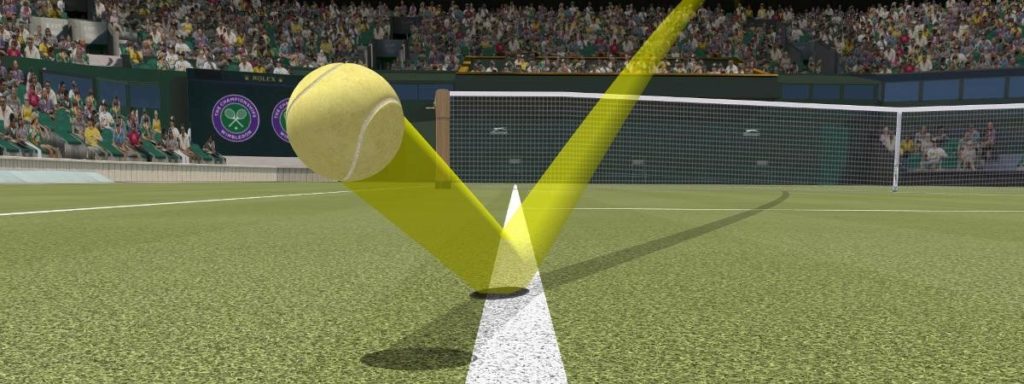
The Hawk-Eye technology was first introduced in 2001 and is widely useful for the commentators and viewers for giving a clear-cut view of the ‘Leg Before Wicket’ (LBW). The broadcasting persons can also have another perspective view of LBW. Hawk-Eye has six cameras, where each end of the ground has three. The footage of these cameras is convertible into 3D images.
3. SNICK-O-METER:

Allan Plaskett introduced Snick-O-Meter to detect getting caught behind the wicket. In Snick-O-Meter, a microphone is placed near the stumps to detect the hit sound and identify the surface of impact. The sound frequency varies if the ball hits the bat or glove, and the technology utilizes different sound frequencies.
4. STUMP CAMERA:

A quite tiny, yet advanced set of cameras placed inside the stumps will show all the game happenings in the ground for viewers to enjoy accuracy in a play. Along with the front camera and reverse camera, a mic is also useful to hear sounds of ball collision.
5. BALL SPIN:

Ball Spin technology is useful to display the rotation speed of a ball of spinners while bowling, to get an idea of how the ball is spinning. It also measures side-spin and top-or-back-spin. In ball speed measurement, a radar gun is useful that comes with a receiver and a transmitter, to show the revolutions per minute in a counter.
6. SUPER SOPPER:
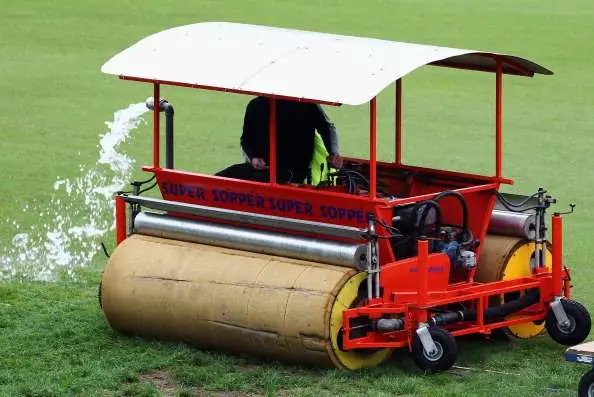
A perfect dry ground is a prerequisite for playing cricket. With this said, the idea of Super Sopper is to extract water from the land, during the times of rain and helps in drying the pitch quickly. The usage of the machine depends on the amount of precipitation.
7. SPIDER CAM:

The Spider Cam is another exclusive technology that provides a unique angular view of the match to viewers. The Spider Cam moves either vertically or horizontally on the ground. There are four motorized winches at each corner of the floor to operate the camera. For live telecasts of matches, spider and drone cameras are used together for HD quality.
8. PITCH VISION:
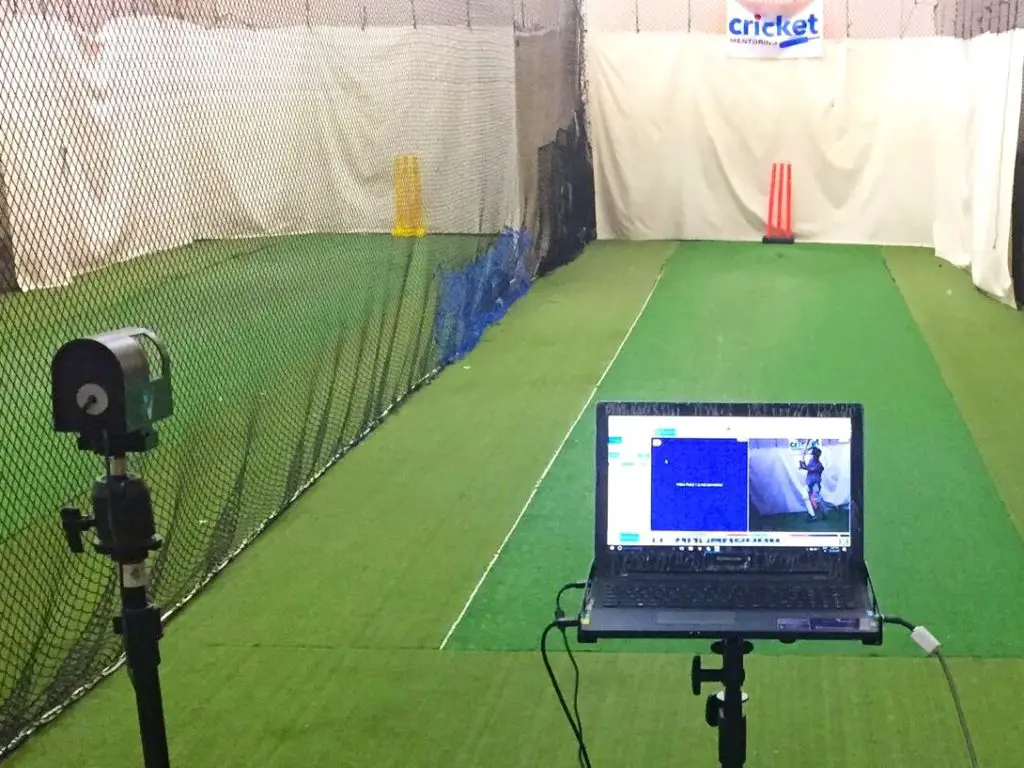
Using Pitch Vision technology, one can review how many balls are short, full, and good in length. The technology shows the bowler’s line and length. Pitch Vision helps cricket fans to get players’ key performance feedback, especially in the cricket training system.
9. HOT SPOT:
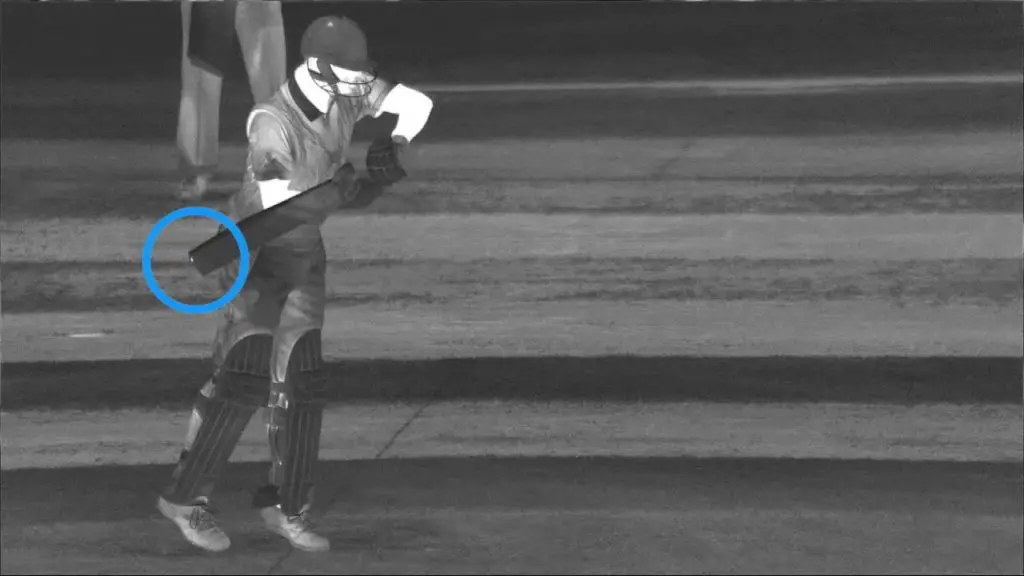
Hot Spot is an infra-red camera that allows umpires and commentators to view whether the ball hits or misses the bat. Hot Spot also determines if the ball hits the player’s pad or glove. Apart from the third umpire, it helps on-field umpire’s decision accuracy. There are two cameras useful on either side of the ground to take notice of a ball hitting the pad, bat, glove, or elsewhere.
10. SPEED GUN:
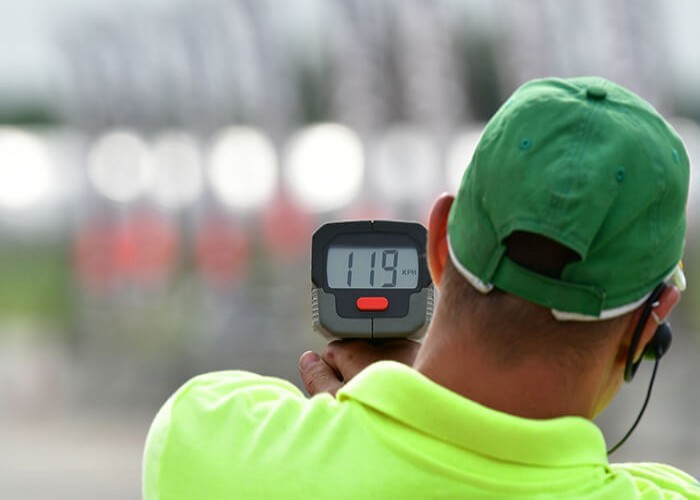
Speed Gun is an essential technology in the field of cricket to estimate the speed of bowling. In 1999, Speed Gun was placed on a pole next to a sightscreen. The device gets a beam from the radar to detect movements on the entire length of the pitch. The technology will let you know about a fast bowler and what is the highest speed he/she takes.



